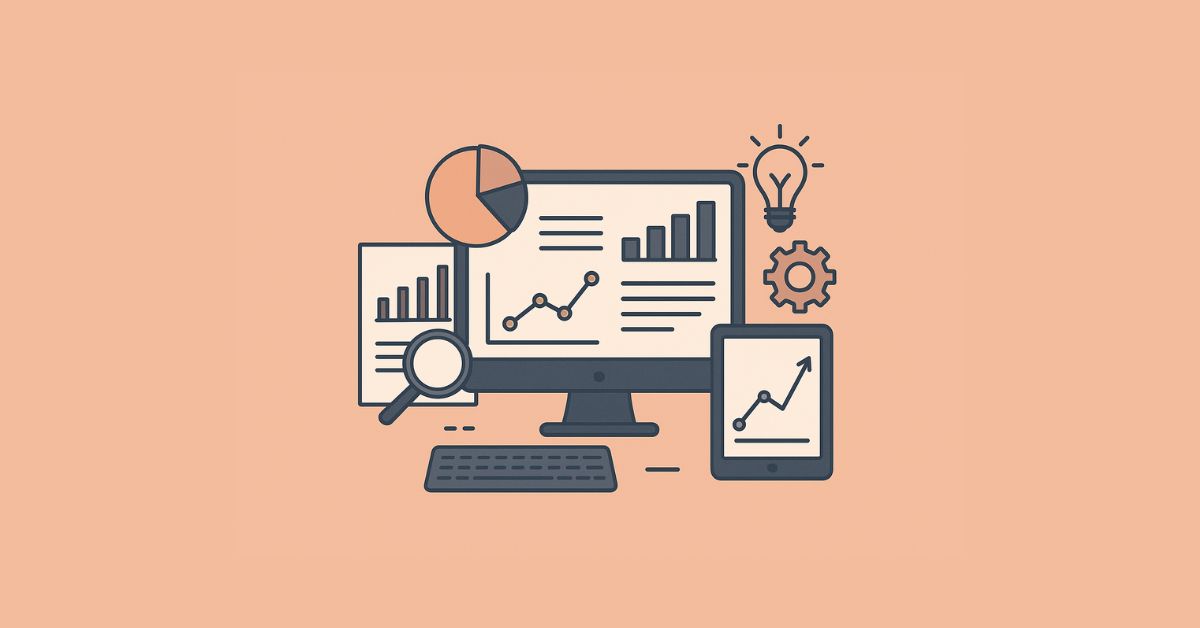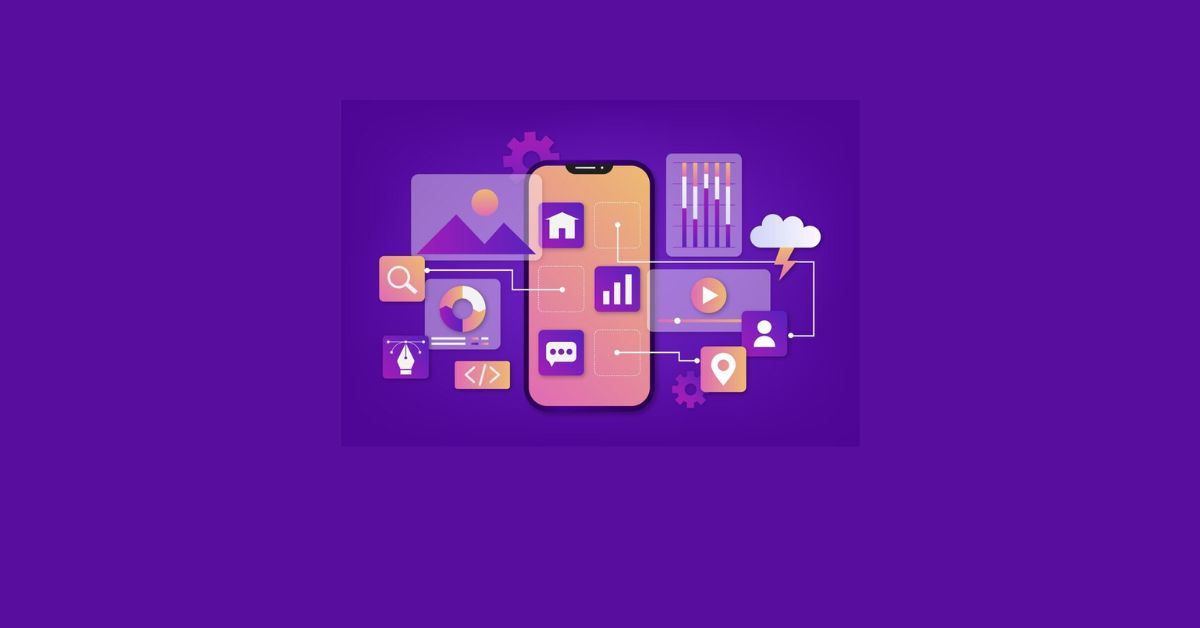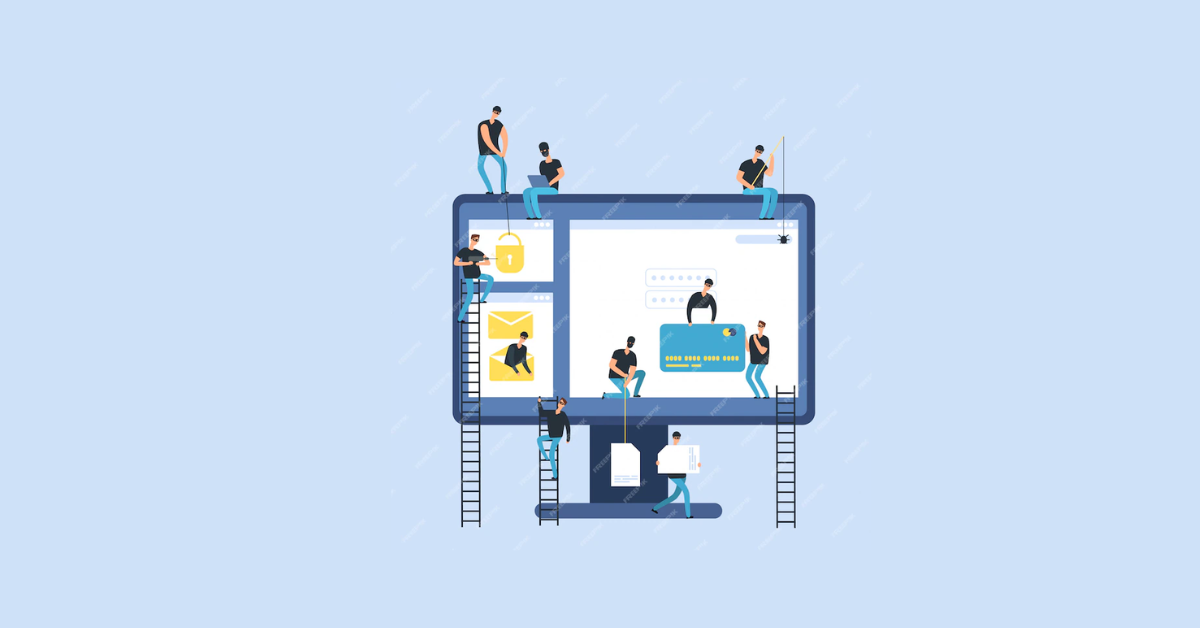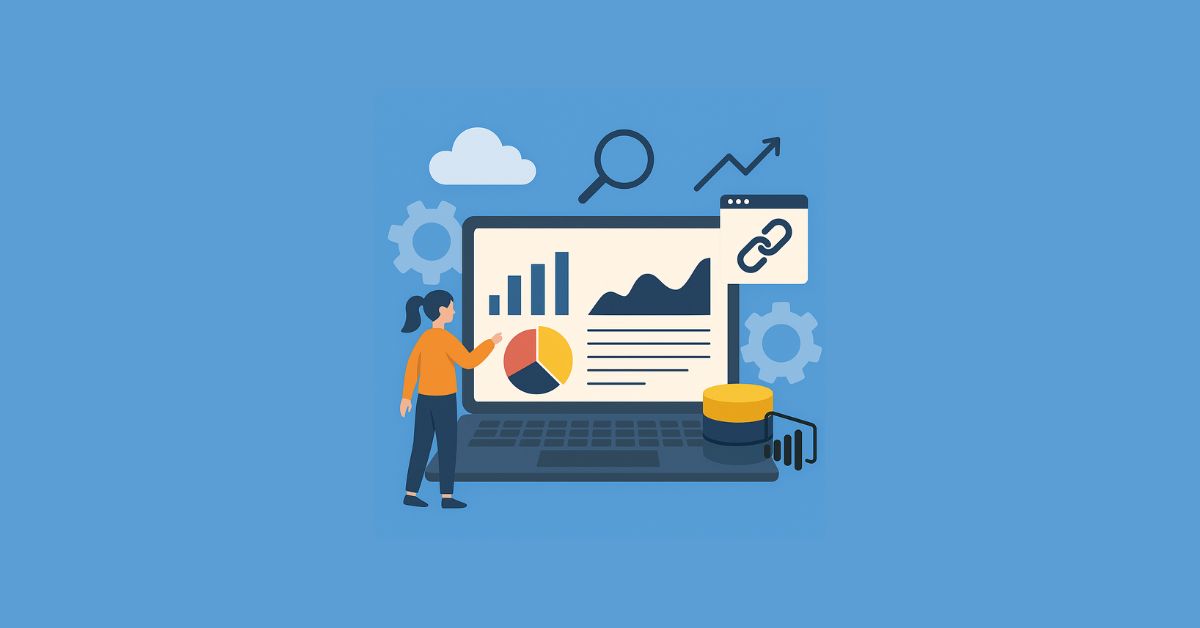- Introduction: Why Tableau Tips and Tricks Matter in 2025
1. Master Tableau Shortcut Keys for Faster Workflow
2. Create Show/Hide Containers for Clean Dashboards
3. Leverage Level of Detail (LOD) Expressions for Advanced Analysis
4. Create Dynamic Dashboards with Parameters
5. Design Custom Tooltips with Visual Insights
6. Prepare and Clean Data with Tableau Prep
7. Implement Action Filters for Drill-Down Views
8. Optimize Dashboard Performance for Large Datasets
9. Apply Custom Sorting and Ranking for Better Storytelling
10. Publish and Share with Tableau Public or Tableau Server - Bonus: Tableau Tips and Tricks for Beginners and End Users
- Final Thoughts: Start Using These Tableau Tips and Tricks Today
Introduction: Why Tableau Tips and Tricks Matter in 2025
In the fast-paced world of business intelligence, Tableau continues to be one of the most powerful and user-friendly data visualization tools. As we move through 2025, the need for smarter, faster, and more effective data storytelling has never been higher. Whether you’re a beginner exploring data for the first time, an end user navigating shared dashboards, or a seasoned analyst creating complex reports, learning the right Tableau tips and tricks can significantly improve your workflow.
This blog explores the best Tableau tips and tricks for 2025, tailored to every skill level. From basic shortcuts to advanced techniques, these insights will help you become more efficient and confident in your Tableau journey.
1. Master Tableau Shortcut Keys for Faster Workflow
One of the easiest ways to work faster in Tableau is by mastering Tableau shortcut keys. These shortcuts can save you valuable time and eliminate repetitive clicks.
Here are a few handy shortcuts to try:
- Ctrl + E: Edit aliases
- Ctrl + W: Close worksheet
- Ctrl + Shift + B: Format borders
By using these Tableau shortcuts regularly, you’ll navigate the interface more smoothly and get more done in less time.
2. Create Show/Hide Containers for Clean Dashboards
A clean, professional dashboard improves user experience. One powerful trick is using show/hide containers. This feature allows you to collapse and expand sections, such as filter panels or supporting visuals, at the click of a button.
Especially useful for end users, this approach simplifies dashboards and makes them easier to understand and interact with.
3. Leverage Level of Detail (LOD) Expressions for Advanced Analysis
Level of Detail (LOD) expressions are one of the most valuable tools for advanced Tableau users. They let you aggregate data at different levels within the same view, without having to rearrange your visual structure.
For example, you can show overall sales and category-specific averages in one chart. If you’re looking for Tableau advanced tips and tricks, mastering LOD expressions is a must.
4. Create Dynamic Dashboards with Parameters
Make your dashboards more engaging with dynamic parameters. These allow users to control what they see, such as switching between metrics (sales vs. profit) or selecting different date ranges.
Dynamic parameters improve dashboard usability and make your reports more flexible for a wider range of business scenarios.
5. Design Custom Tooltips with Visual Insights
Don’t settle for plain text tooltips. Tableau allows you to add mini visualizations within tooltips, such as line charts or key performance indicators (KPIs). These custom tooltips offer more context without cluttering the main view.
If you’re building dashboards for executives or non-technical audiences, this tip enhances the user experience significantly.
6. Prepare and Clean Data with Tableau Prep
Quality data is the backbone of any good dashboard. Instead of cleaning your data in Excel or SQL, use Tableau Prep. It helps you combine, clean, and structure your data before importing it into Tableau Desktop.
This is one of the most important Tableau tips for beginners because it ensures your visualizations are accurate and consistent from the start.
7. Implement Action Filters for Drill-Down Views
Action filters allow users to click on a specific data point to update other visual elements dynamically. This creates a seamless experience where insights evolve with interaction.
For instance, clicking on a region in a map could automatically filter a sales chart to show only data from that region. These Tableau tricks are great for creating intuitive dashboards.
8. Optimize Dashboard Performance for Large Datasets
Slow dashboards can frustrate users. Here are some quick tips to optimize performance:
- Minimize the number of filters
- Limit the use of complex calculations
- Use extracts instead of live connections when possible
These performance tweaks are essential Tableau tips and tricks for 2025, especially when working with large datasets or enterprise-level reports.
9. Apply Custom Sorting and Ranking for Better Storytelling
Sometimes, default sorting doesn’t tell the right story. By creating calculated fields for sorting and ranking, you can control how your data appears. For example, showing the top 5 products by sales or the bottom 3 departments by performance.
This level of control gives your dashboard a clearer narrative and makes it easier for users to understand key insights.
10. Publish and Share with Tableau Public or Tableau Server
Publishing your dashboards correctly is just as important as building them. Tableau offers multiple ways to share dashboards:
- Tableau Public for personal or public sharing
- Tableau Server or Tableau Online for secure, enterprise distribution
If you’re deploying Tableau at scale or need custom solutions, consider working with a certified partner. Professional Tableau Consulting Services can help you implement best practices, customize dashboards, and ensure long-term success.
Bonus: Tableau Tips and Tricks for Beginners and End Users
If you’re just starting with Tableau, these additional tips can help:
- Use the “Show Me” panel to explore chart types
- Duplicate worksheets to test layout ideas without losing progress
- Highlight data directly by clicking on chart elements
These Tableau tips and tricks for beginners are a great way to build foundational skills before moving on to more complex techniques.
Final Thoughts: Start Using These Tableau Tips and Tricks Today
Whether you’re a data analyst, a business user, or a Tableau enthusiast, these best Tableau tips and tricks for 2025 are designed to help you work smarter and more effectively. From simple shortcut keys to advanced LOD expressions, the tools are in your hands to transform raw data into actionable insights.
Make 2025 the year you take your Tableau skills to the next level. And when you need expert help, don’t hesitate to explore specialized support through trusted Tableau Consulting Services that align with your business goals.
Start applying these tips today and watch your dashboards—and your data storytelling—improve dramatically.







